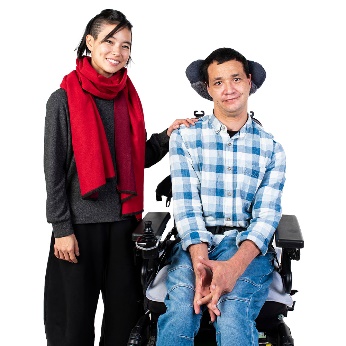How the environment affects people
|
|
In this bulletin, we look at another idea from the research about positive behaviour support. |
We will look at understanding: |
|
|
|
|
|
|
|
|
|
People with disability experience barriers. A barrier is something that stops you from doing something you:
|
A barrier could be: |
|
|
|
|
|
|
|
|
|
When the environment isn’t supporting what someone needs, they might show behaviours of concern. |
|
|
Behaviours of concern are things someone does that might put:
|
|
|
This is how a person with disability might communicate that something in their environment isn’t supporting what they need. |
Questions to think about
|
|
It is important to try to understand the experiences of:
|
|
|
This can help you think about:
|
|
|
You can also think about the following questions. |
|
|
How do the people around a person with disability support what they need? For example, their family and carers. |
|
|
Are the people around a person with disability supporting what they need across the day? |
|
|
Do people need to do more assessments, to better understand what a person with disability needs? Assessments can help to work out:
|
|
|
Are there situations that make a person with disability:
|
|
|
For example, you can think about:
|
|
|
Are there situations where:
|
|
|
You can think about:
|
|
|
Thinking about these questions is an important part of positive behaviour support. |
|
|
In our next bulletin, we’ll look at another of the 12 ideas from the positive behaviour support research. |
|
|
The next idea is about understanding a person’s right to make their own decisions. |





















